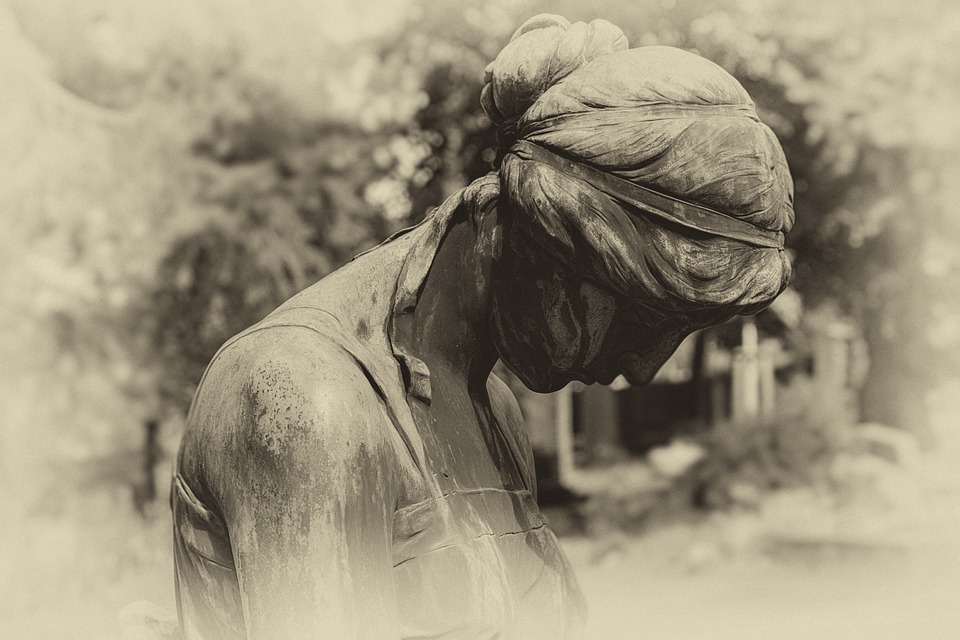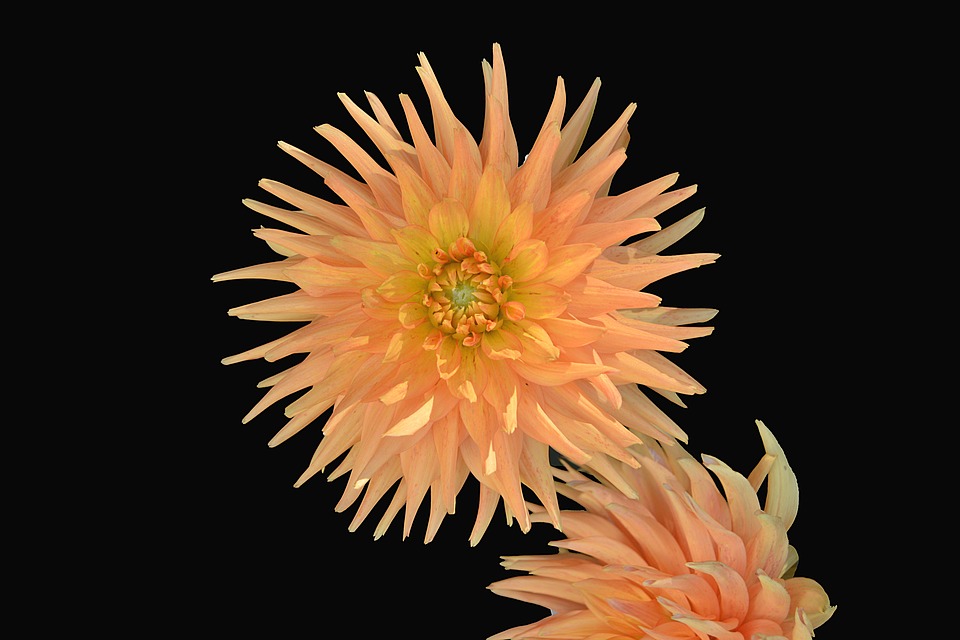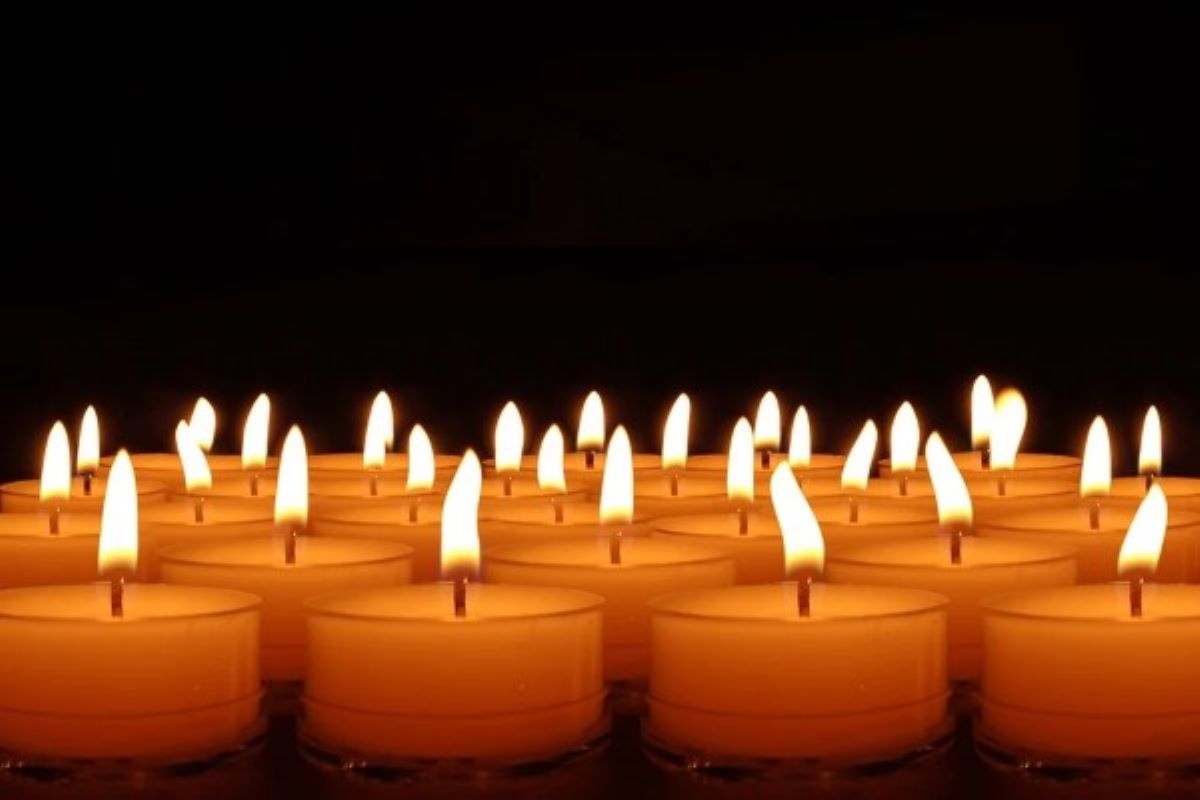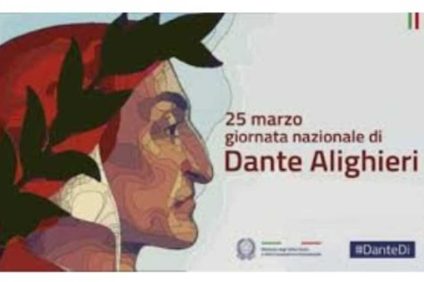1 and 2 November: these are certainly two days that are very much felt by all of Italy. These days, in fact, the cemeteries are filled with people who go to visit their loved ones.
November 1. All Saints
On this date, the church remembers not only all the Saints, but also all those who enjoy the glory of Heaven. It is a very ancient festival: initially it was dedicated only to the martyrs; while in 835 (we are in the Carolingian era) Gregory IV fixed November 1 as the date of the anniversary of the consecration of a chapel in Saint Peter to the relics "of the holy apostles and of all the saints, martyrs and confessors, and of all the just made perfect who rest in peace throughout the world". This date is decreed as a feast of precept by King Louis the Pious in 835.

November 2. Commemoration of the dead
The day after the solemnity of All Saints the church remembers all the faithful dead. It is a commemoration that appears already around the ninth century. This solemnity, however, is attributed to the Benedictine abbot Sant'Odilone di Cluny (very devoted to the souls in Purgatory) through the Cluniac reform of 998. One of his brothers, after returning from a trip to the Holy Land, told him that he had reached the Sicilian coast following a storm. Here he had a close encounter with a hermit, who in turn explained to him that he had heard the screams of the souls in purgatory coming from a cave, together with those of the demons, who shouted against the abbot Odilone. And therefore he ordered all the monks of his order to commemorate the dead on November 2. The feast, however, officially appears in the XNUMXth century Ordo Romanus, under the name of Anniversarium Omnium Animarum.
1 and 2 November in memory of those who are no longer there
These two dates are very significant not only on a religious level, but also on a personal level. In fact, many go to find the graves of their loved ones. The cemeteries in these two days almost seem to come back to life. Flowers and candles adorn the tombs and chapels of the dead. While November 1 is considered a real public holiday throughout Italy, November 2 was never established as a holiday. Even if for some years now Italians have also been among those who celebrate Halloween, these two days (characterized by traditions that vary from region to region) continue to be well rooted in our culture.

Chrysanthemums: the symbolic flowers of these days
As we have already said, the tombs are filled with flowers and candles. And indeed, the symbolic flower of these days is the chrysanthemum. In Italy, in fact, it is associated with the dead. There is a legend linked to this flower: it seems that the angel of death saw a desperate girl next to her seriously ill mother. So he decided to give the little girl a chance: the angel would give the little girl's mother as many years as the petals of the flower she would give him the next day. The little girl searched for flowers and found a daisy. Then the little girl decided to divide the petals into many even smaller ones. The angel decided to reward the little girl's commitment by giving her mother many years of life. And the following year in those fields many chrysanthemums were born. Beyond the legend, chrysanthemums are found in large quantities right in the month of November.





